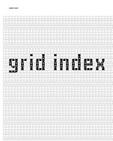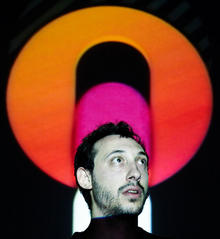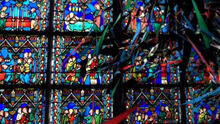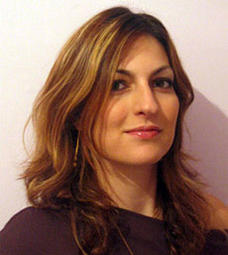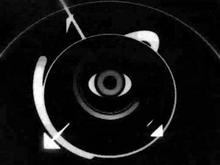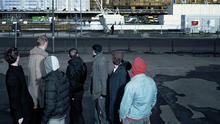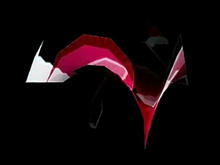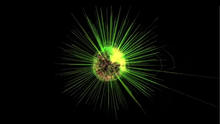PTA consists of a continuous visual stream that retains the precise behavior of a waveform, while interpreting the music in a very unique and personal way.
The PTA performance can be shown both as a single channel or a 3- channel work. The 3-Screens option consists in a large scale high definition video which is projected across 3 adjacent screens. The setup is flexible to be installed vertically or horizontally.
Source: Quayola's website


